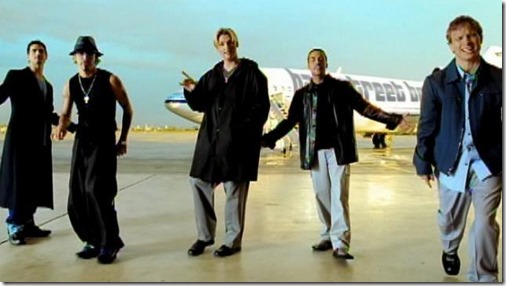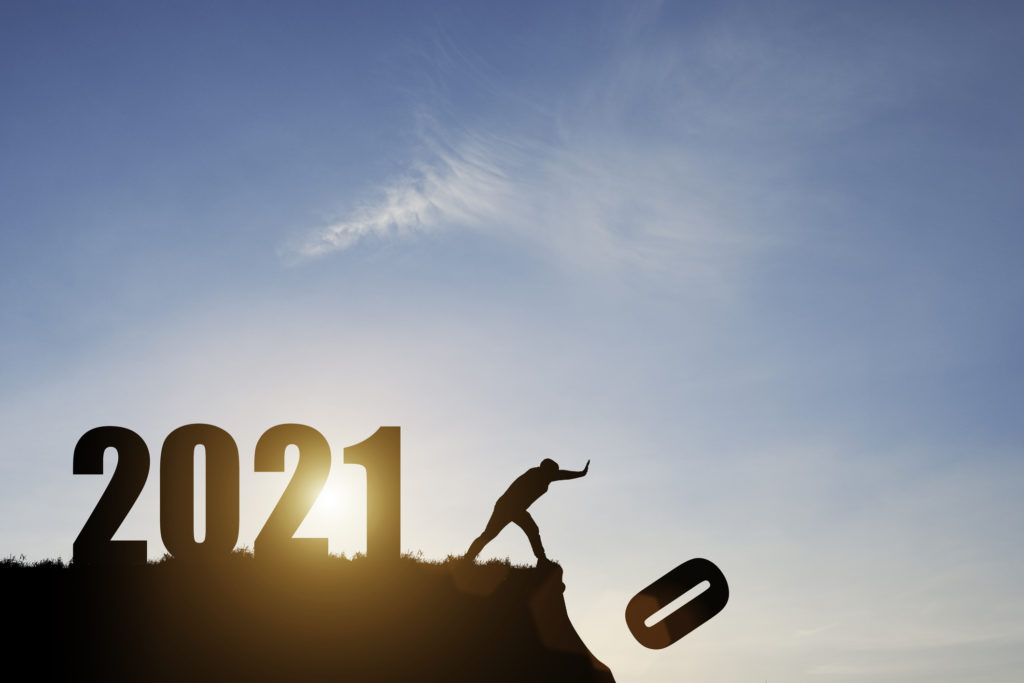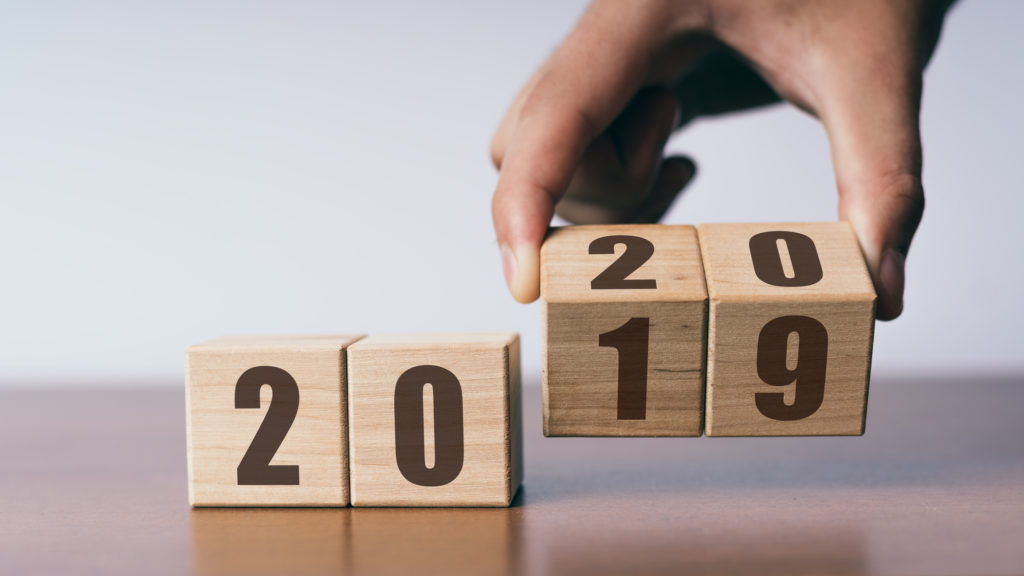#3: Best Of The Mr. Media Training Blog 2014
This post, “What These 1990’s Songs Teach You About Public Speaking,” was published on June 18, 2014.
In the 1990s, we were rico suave and too legit to quit. We lived la vida loca and smelled like teen spirit. We wore gold-colored hammer pants and flannel. We went to Lollapalooza and the Lilith Fair. We listened to grunge, Britpop, and hip hop.
Nostalgia for the 90s has never been greater. In this post, you’ll find public speaking lessons based on 13 huge hits from the 1990s—from superstars like Paula Abdul and Guns N’ Roses to one-hit wonders like Chumbawamba.
I hope you enjoy this post! If you do, please help this blog grow by sharing this post through your social networks and signing up for our free weekly newsletter. You can opt out at any time. And now, on with the 90s!
Sir Mix-a-Lot, “Baby Got Back” (1992)
Great speakers often provide the person introducing them with a pre-written and attention-grabbing introduction. When they hit the stage after being introduced, they seize the audience’s attention from the first word by using a compelling opening. Sir Mix-a-Lot did exactly that by having two white women introduce his song by criticizing the size of a black woman’s butt—and then rebutting them with an attention-grabbing opening that has survived more than two decades: “I like big butts and I cannot lie.” One other note: the attention-grabber was tied directly to his message, which was about the unrealistic expectations magazines like Cosmo put on a woman’s shape.
Note: After posting this story, Sir Mix-A-Lot responded on Twitter:
Backstreet Boys, “I Want It That Way” (1999)
According to a fascinating piece of research, boy bands use the word “you” more than any other word. Perhaps the boys of ‘N Sync, 98 Degrees, and Hanson were onto something. By using the pronoun “you,” they directed their message straight into the hearts of their mostly younger, female fans. The word “you” has that power, and great speakers use it often to deliver their personal-sounding messages to each individual audience member. As an example, this Backstreet Boys classic uses the word “you” or “your” no fewer than 20 times—and “you” is the first word in the song.
Alanis Morissette, “Ironic” (1996)
Okay, so none of the incidents described in Morissette’s “Ironic” are actually ironic. But her rapid-fire series of mini vignettes (a man terrified of flying who conquered his fear, boarded a plane, and crashed; the old man who won the lottery and died the next day; meeting the man of your dreams only to find that he’s married) offers a terrific template for speakers. The “short vignettes” opening can be an effective starter. As an example, a physician might open by describing the ailments suffered by three patients, with each mini anecdote receiving no more than 10-15 seconds of detail.
Whitney Houston, “I Will Always Love You” (1993)
Whitney Houston’s record label hated the idea of a 45-second a cappella introduction to this song, but her instincts to keep it were right. According to Rolling Stone, “after 14 weeks at the top of the Billboard charts, it set the record for the longest run at Number One on the charts.” Her unique intro stood out from almost all of the other pop music on the charts at the time—her moments of breathy silence in between lyrics broke the pattern—and that’s a lesson all speakers should remember. Speakers can break the pattern by pausing, blacking out presentation slides after using them for a few minutes, or distributing a handout to the audience (among many other ways).
Guns N’ Roses, “November Rain” (1992)
As a general rule, it’s better to speak for too short than too long. But if a great movie can hold your attention for two-and-a-half hours, shouldn’t a great speaker be able to hold your attention for longer than the typical 50-minute conference breakout session? Guns N’ Roses pushed back against the typical constraints of pop radio, which restricts most songs to about four minutes. In 1992, their nine-minute hit “November Rain” made it to number three on the Billboard Hot 100 chart, becoming the “longest song in history to enter the top ten of that chart,” according to Wikipedia—and proving that longer can be better if the song—or speech—is good enough.
TLC, “Waterfalls” (1995)
TLC’s terrific mid-90s hit song (and award-winning video) delivered a straightforward, unambiguous, and easy to act-upon call to action: “Don’t go chasing waterfalls / please stick to the rivers and the lakes that you’re used to.” Similarly, speakers (depending on the purpose of the speech) should offer a simple and direct call to action. How important is a call to action? In one study, the “jerks” who received a direct call to action acted more charitably than the “saints” who didn’t.
Spice Girls, “Wannabe” (1997)
Like TLC, the Spice Girls offer a formula for a successful call to action: “I’ll tell you what I want, what I really really want.” If your audience doesn’t understand the next steps they’re supposed to take after hearing you speak, they won’t take any. Some research suggests that asking for a small and easily accomplished call to action is a good way to begin, since a small action often leads to bigger future actions.
Elton John, “Candle in the Wind 1997” (1997)
When Princess Diana died in a car accident in 1997, Elton John repurposed his 1970s hit “Candle In The Wind.” Whereas the original was about Marilyn Monroe, Elton John changed the lyrics to become about “England’s Rose.” This is relevant for speakers who tend to deliver similar information to different audiences. With minor but important tweaks and modifications, “generic” presentations can become immediately relevant to the specific audience to which the speakers are presenting. The heart of your presentation may be the same—but the audience will feel that you’ve created it just for them.
Los del Rio, “Macarena” (1995)
Let’s face it: this was a terrible song with a video to match. But the men of Los del Rio were onto something when they followed in the footsteps of other artists who wrote songs that became popular dances (e.g. “The Twist,” “The Hand Jive,” “Da Butt,” “Vogue,” “Conga,” “The Electric Slide”). These songs became staples at weddings and proms because they involved the audience in a meaningful way. The analogy to public speaking is obvious.
Extreme, “More Than Words” (1991)
In their gorgeous ballad, Extreme pointed out that there is a difference between verbal communication and body language: “More than words / is all you have to do to make it real / then you wouldn’t have to say that you love me / ‘cause I’d already know.” As Extreme pointed out, words are only one way to deliver a message—and they’re often not enough on their own. To be truly effective, words need to be fully connected to the body language associated with them. In some cases, that means that your tone is as important—or even more important—than the words you choose. And great speakers have the ability to use their faces and bodies to communicate certain key points without any words at all.
R. Kelly, “I Believe I Can Fly” (1997)
Given his history, R. Kelly may seem like an odd choice to deliver such an inspirational ballad. But his song about positive self-talk is a great internal monologue for all speakers to remember before hitting the stage: “If I can see it, then I can do it / If I just believe it, there’s nothing to it / I believe I can fly.” Many speakers say they benefit from that type of “positive visualization” by visualizing the audience’s enthusiastic response to them before they walk onto the stage and begin their speech.
Chumbawamba, “Tubthumping” (1998)
Despite your positive visualization, there’s still a chance you might bomb your presentation. That’s where this song comes in: “I get knocked down / But I get up again / You’re never gonna keep me down.” With its pick-yourself-up-and-try-again lyrics, it’s a good reminder that most of us are going to deliver a dud once in a while. But your next audience won’t know that you didn’t succeed with your last audience, so it’s important not to bring that imperfect history into your new talk. Every presentation offers an opportunity to succeed anew—if you don’t self-sabotage it with your negative self-talk.
Paula Abdul, “Opposites Attract” (1990)
The video for Paula Abdul’s hit “Opposites Attract” featured MC Skat Kat, an animated cat that performed choreographed dance moves with her. The video was so popular that it won a Grammy Award. It’s a good reminder to speakers that in order to stand out, visuals need to be more engaging than bullets and words on a screen. Get creative—use compelling images, relevant multimedia elements, well-designed handouts, or anything else you can think of that will bring your main points to life in a more memorable manner than audiences are used to.
If you enjoyed this post, check out our tips from 1980s pop music here! And don’t forget to sign up for our weekly newsletter here.




